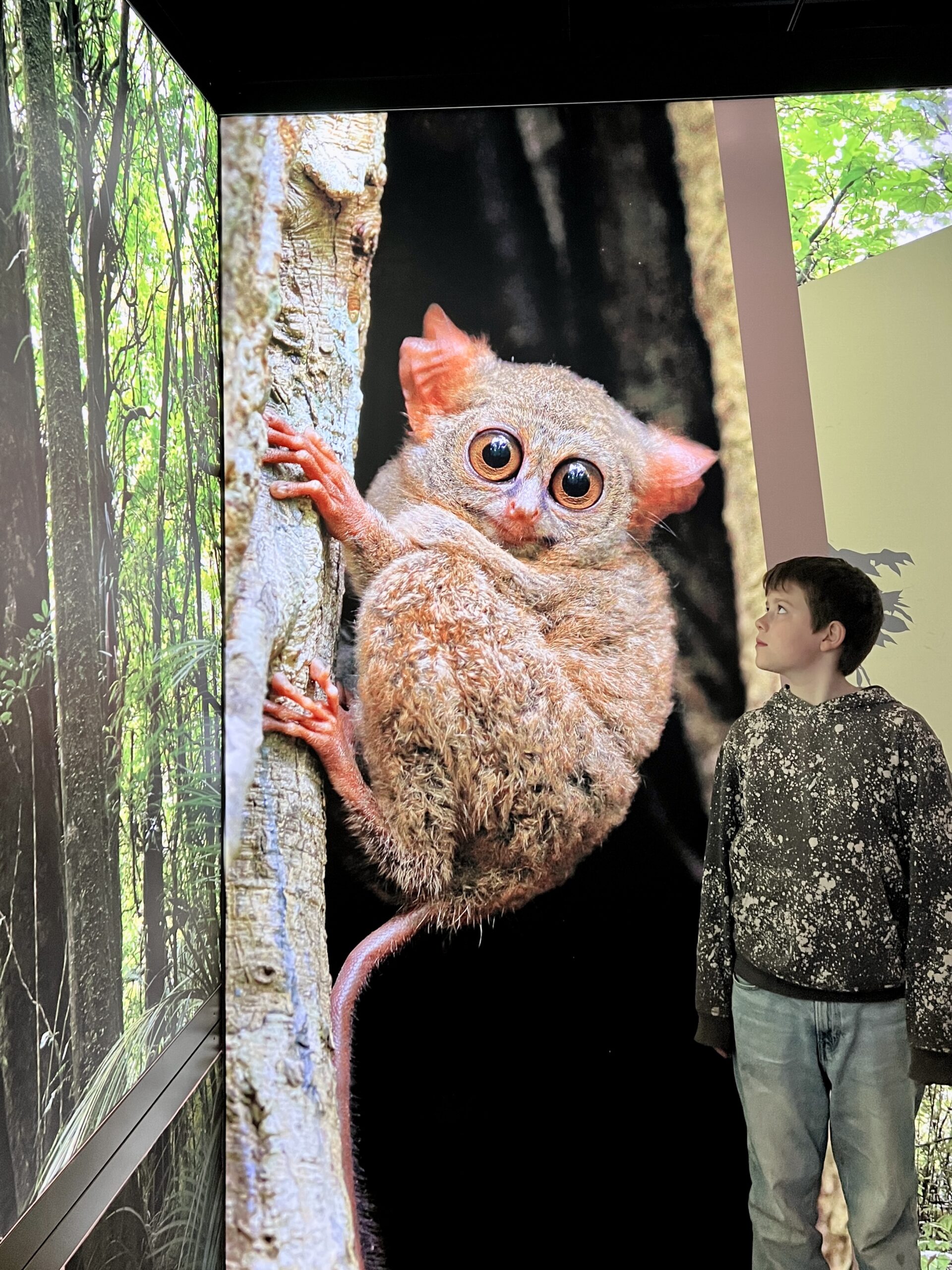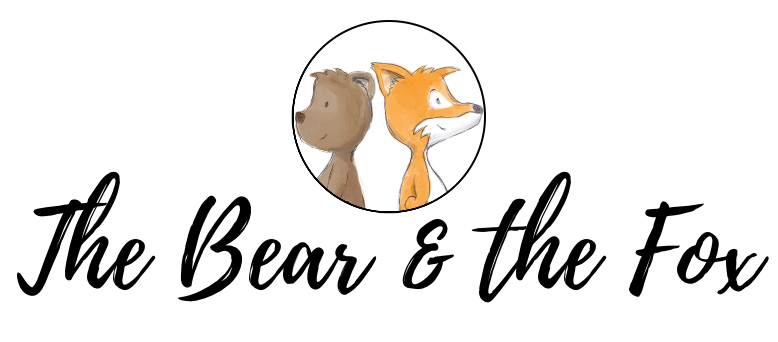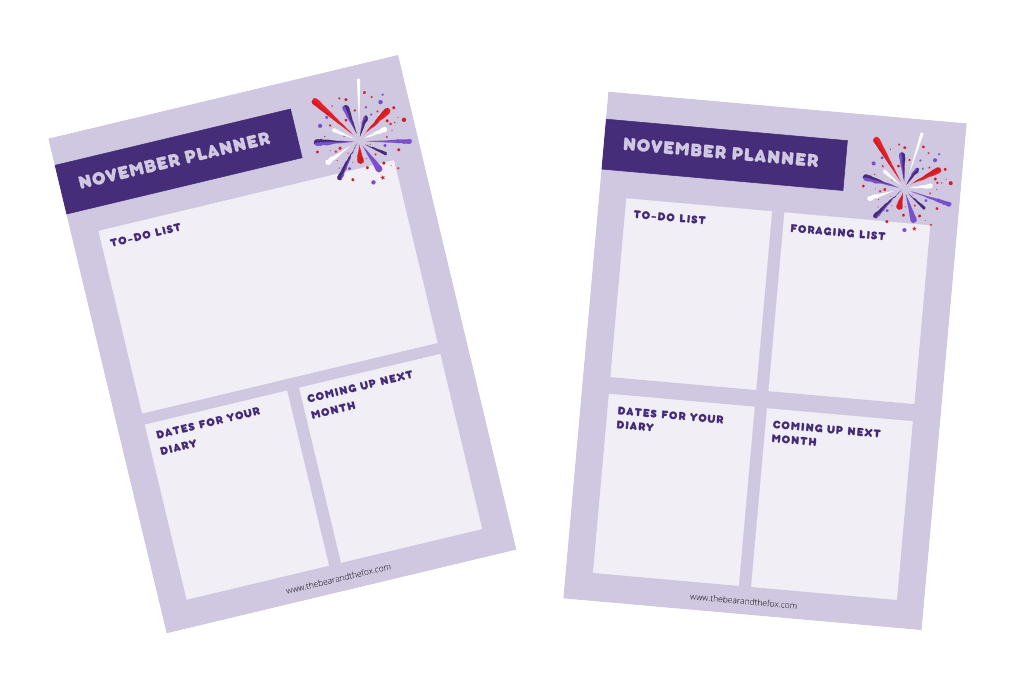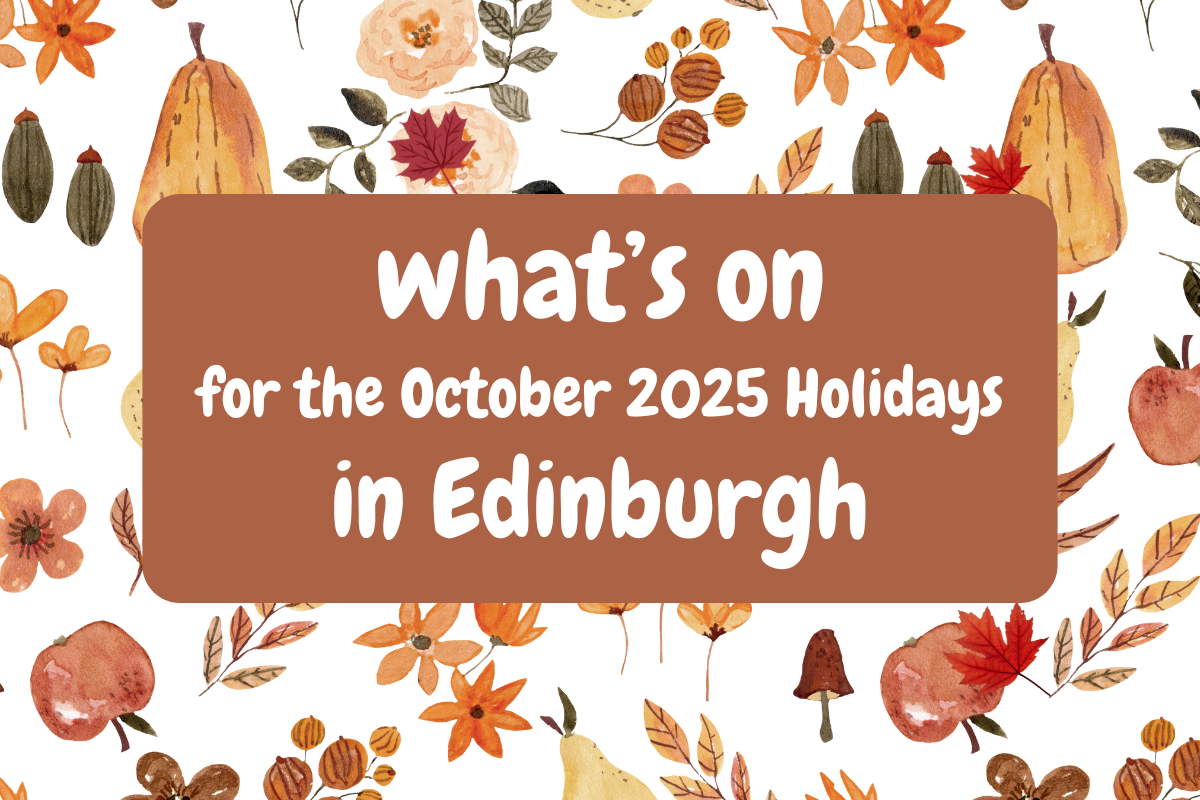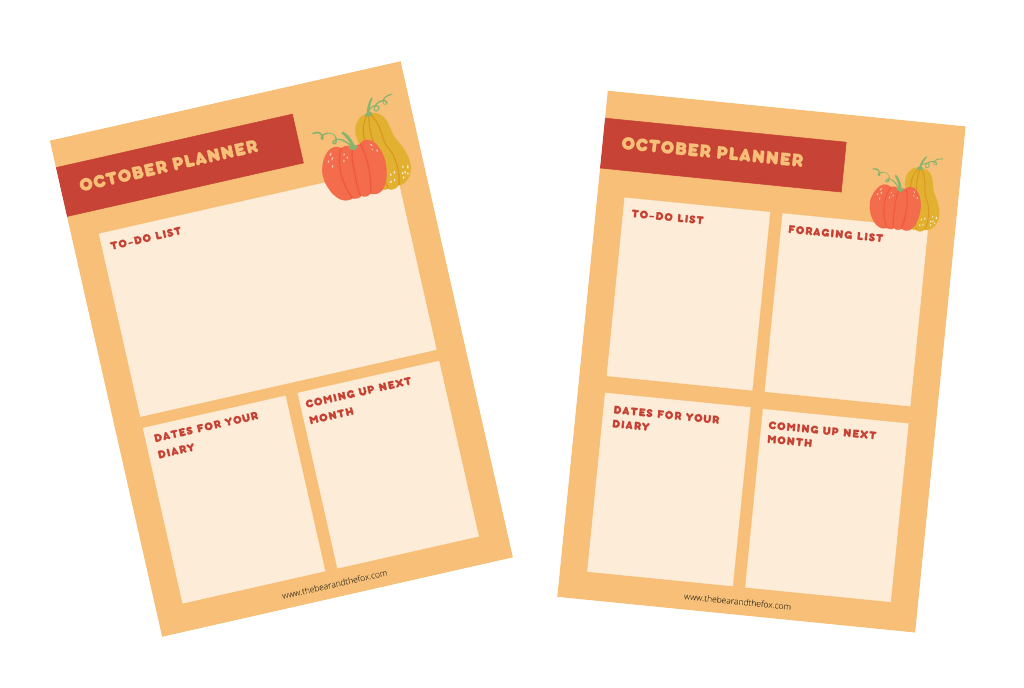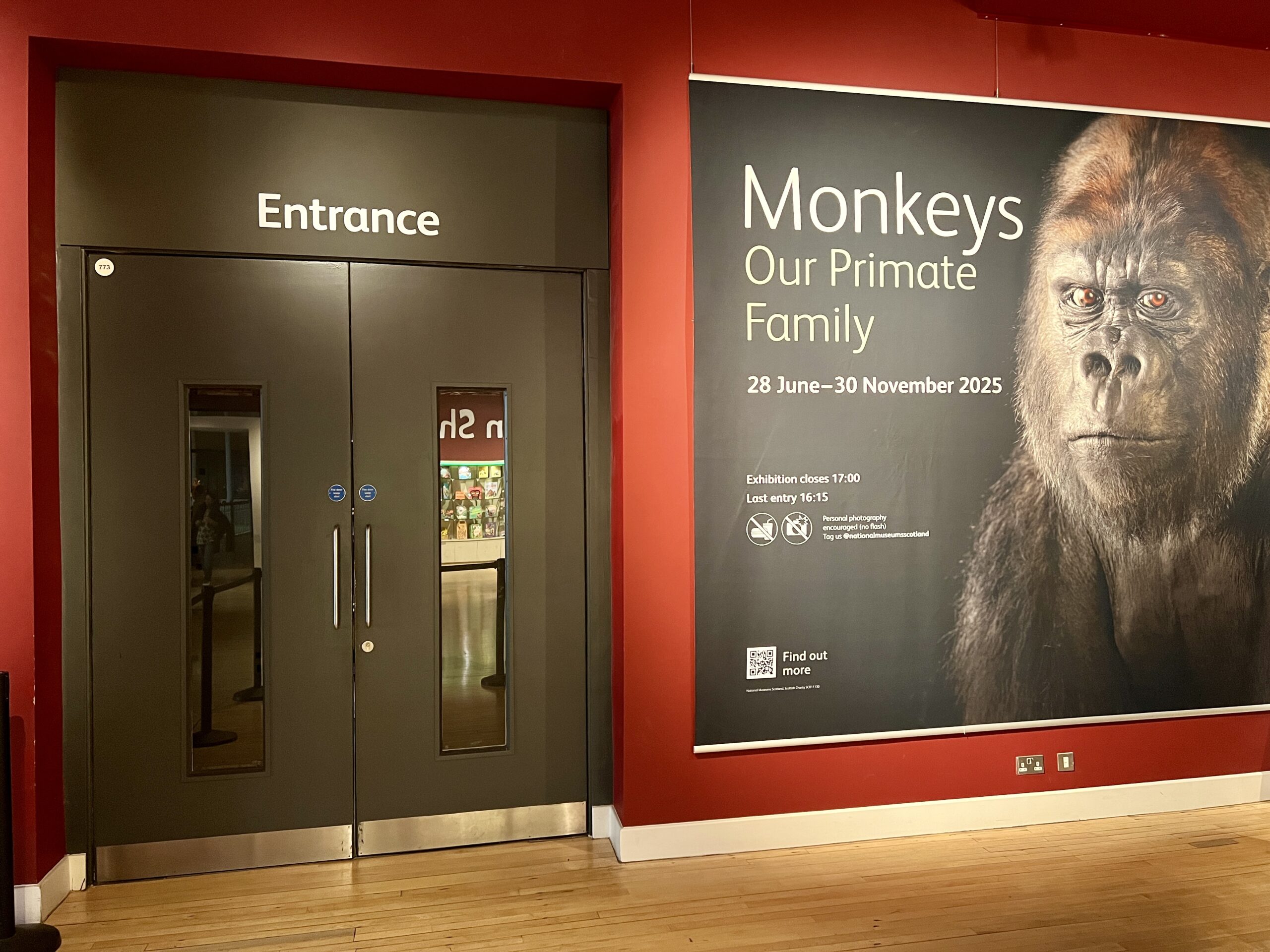
Monkeys: Our Primate Family
Yesterday, my 10 yr old and I attended a special family preview of Monkeys: Our Primate Family, the new exhibition opening up at the National Museum of Scotland in Edinburgh this weekend.
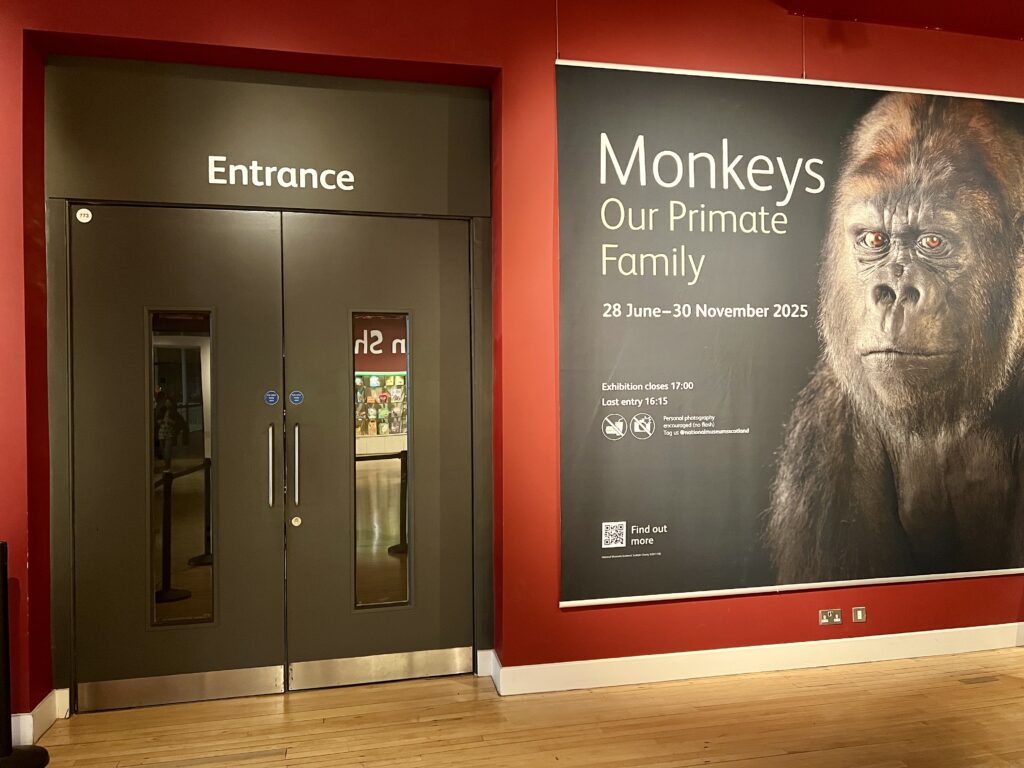
The exhibition explores the remarkable lives of our primate relatives and how they have adapted to survive in diverse habitats, through a mixture of taxidermy displays, film footage, and touch screen interactives.
Monkeys: Our Primate Family brings together more than 50 taxidermy specimens, including monkeys, apes, lemurs and lorises. It is the first exhibition of its kind capturing rare and endangered primates acting as they would be in the wild.
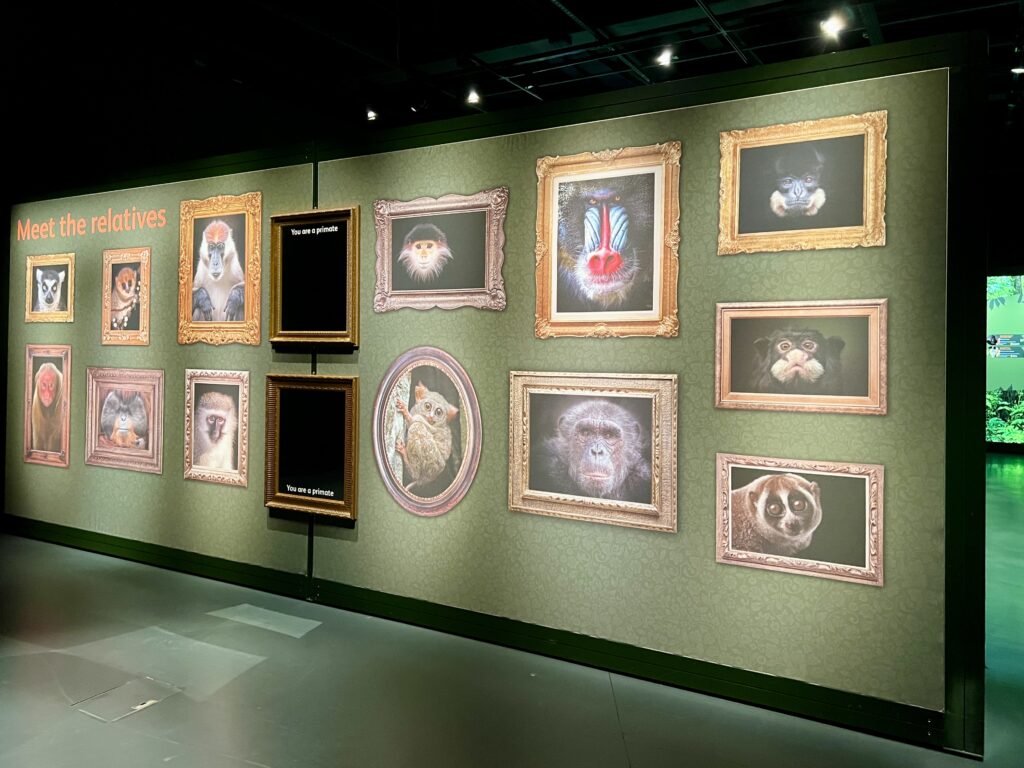
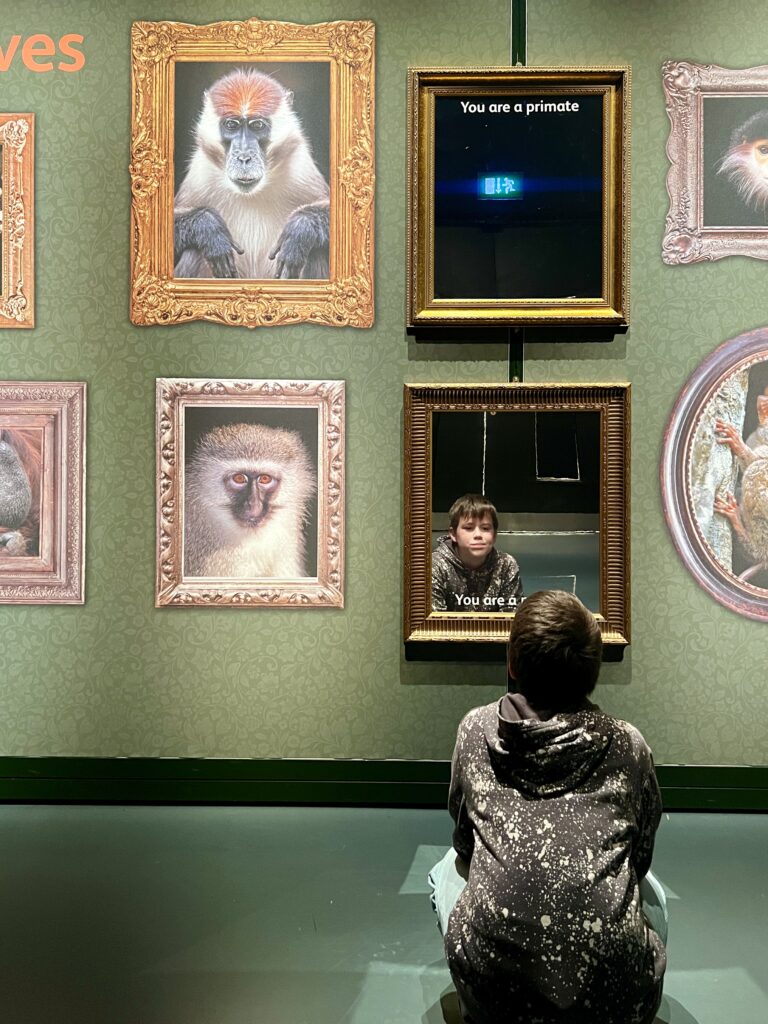
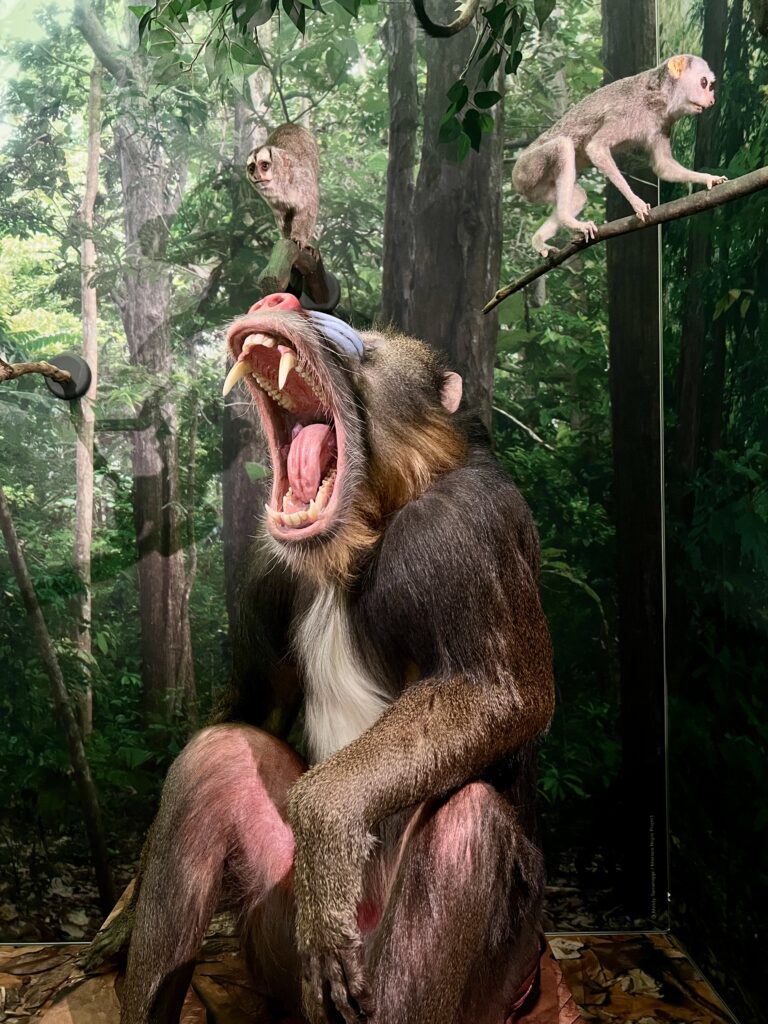
Topics covered include how primates have evolved and adapted to travel and hunt for food; the complex social systems of primates and how they communicate; and the threat of habitat loss and extinction that primates face today.
The exhibition concludes with a look at the ongoing conservation work to protect primates and their fragile habitats in the wild, and visitors can learn how to make a difference to their survival – including a quick survey at the end, where visitors can vote on which pledge they want to make to support conservation efforts.
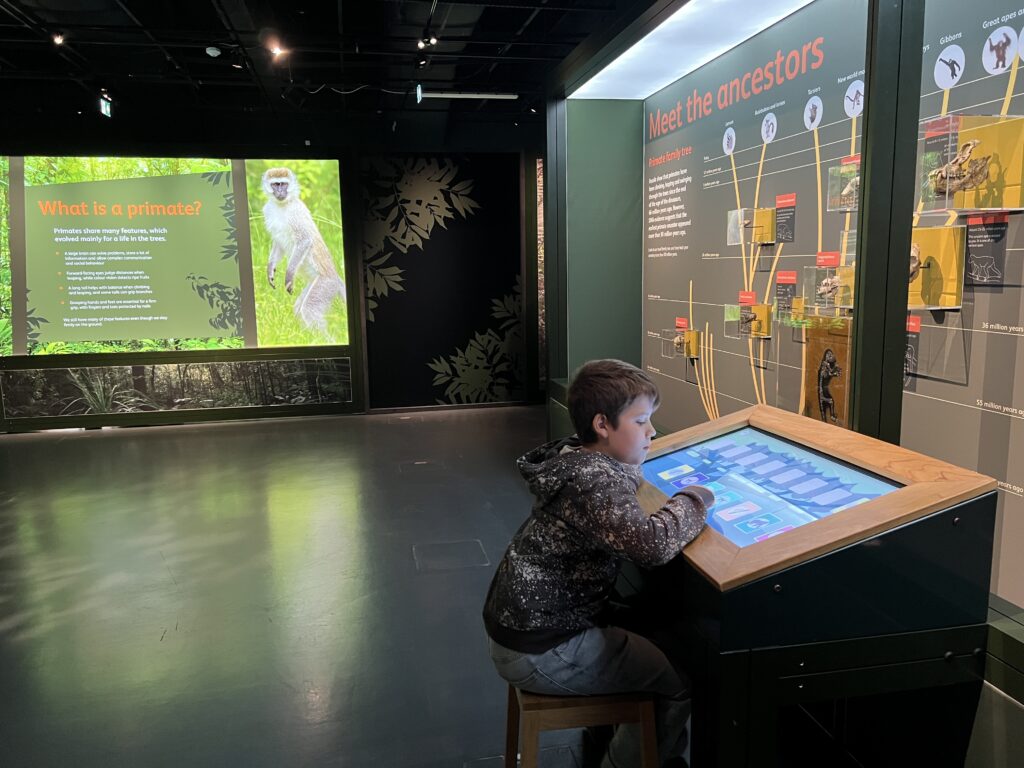
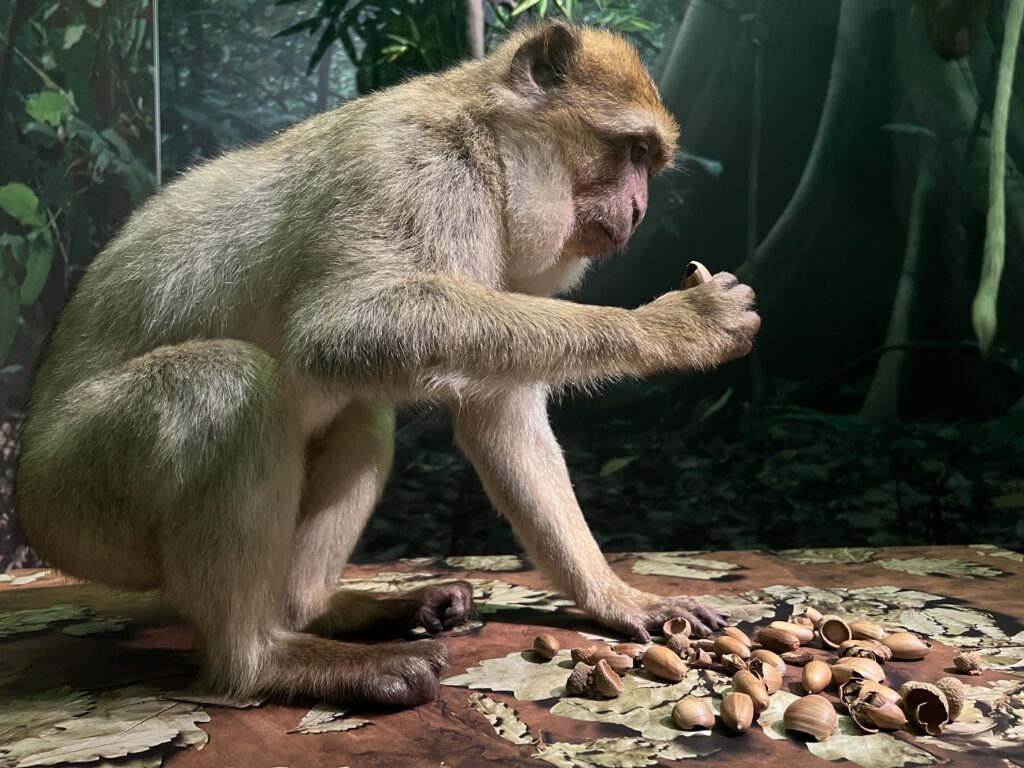
So what is there for children to do? Well, apart from looking at the displays and watching the film footage to learn more about primates, there are a few interactive elements to the exhibition that will appeal to children.
Firstly, there are three ‘stamp stations’ spaced around the exhibition, where visitors can can emboss three different primates on to a book mark to take home. Each station comes with a fun fact about the primate featured.
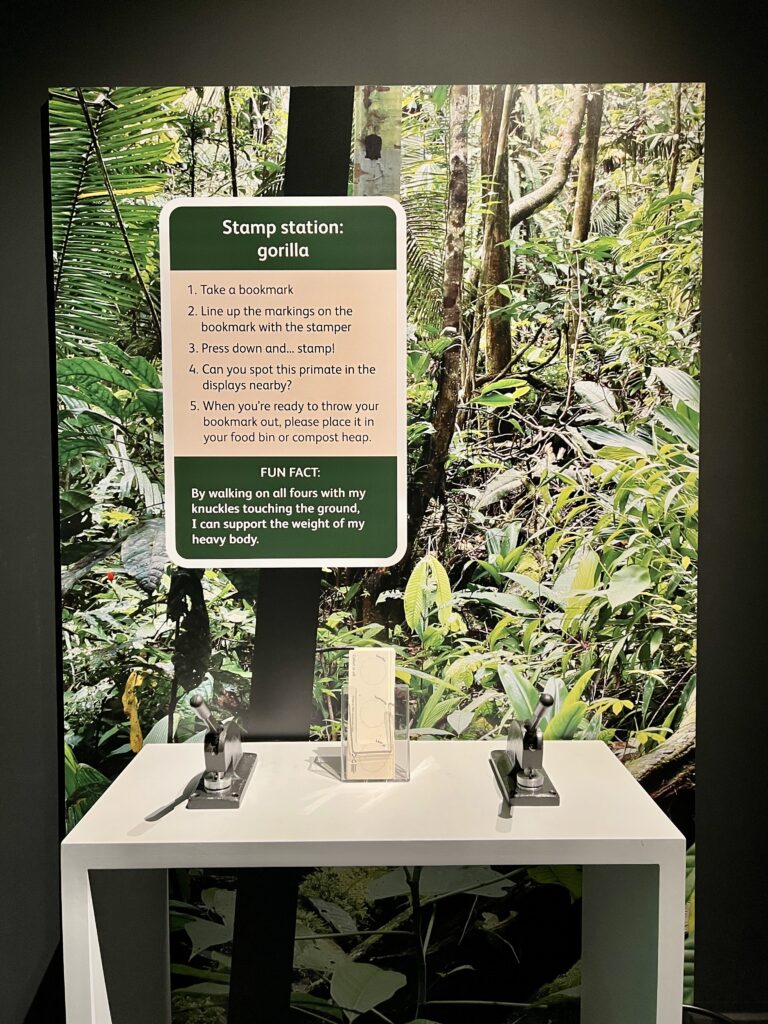
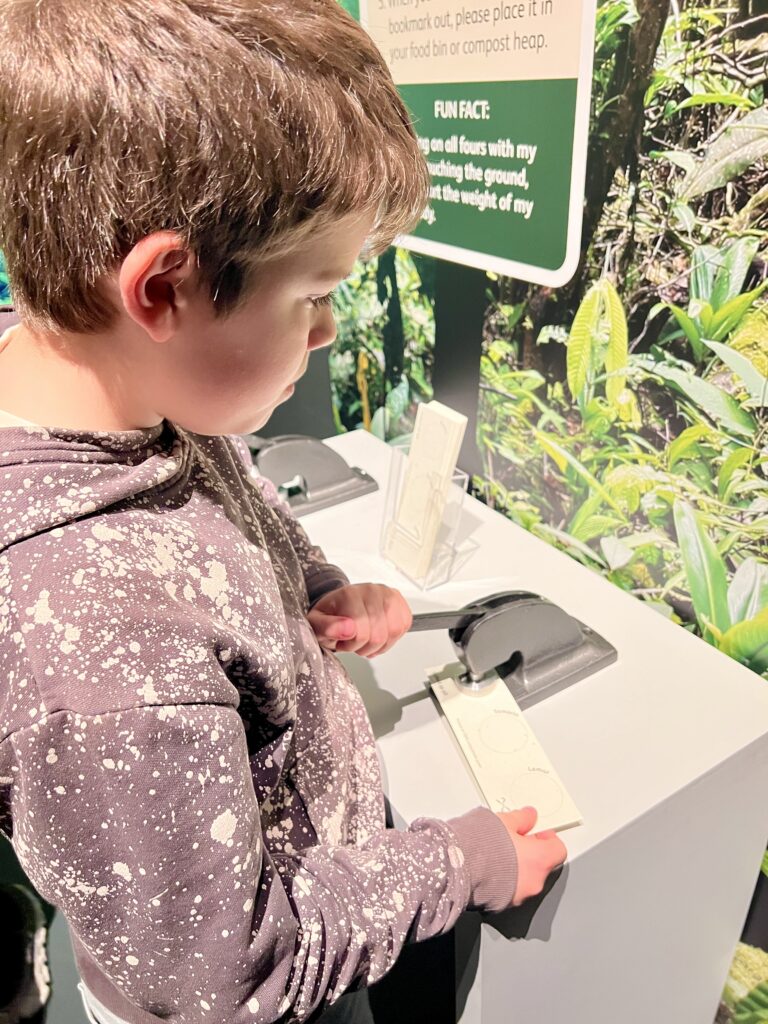
Then, there are a number of interactive touchscreens throughout the exhibition. Some of them just include additional information for those who want to delve deeper, or the afore mentioned conservation ‘vote’ at the end of the exhibition. But there were four touchscreens that particularly captured my son’s interest, as they included an element of game play.
In ‘Primate Family Tree’ you had to match different groups of primate to their corresponding images. This was next to a corresponding case pointing out the different features for each group, so he required him to use his observation skills.
In ‘Human Jigsaw’, you had to match the remaining puzzle pieces to an almost completed jigsaw puzzle – each piece (pelvis, finger nail, foot etc) revealed an interesting fact about what sets us humans apart from other primates.
In ‘Monkey Supermarket’, you had to pick a primate, a food you think it eats, and a tool to help the primate eat and then you would find out if you had a suitable match or not. There were various combinations to be made, so we played this a few times.
And, finally, in ‘Jungle Talk’ there was a short game where you had to match different animal noises correctly to some predators in order for your primate to survive. You could also select different primates to listen to audio files of what they sound like – we thought the howler monkeys were the most impressive!
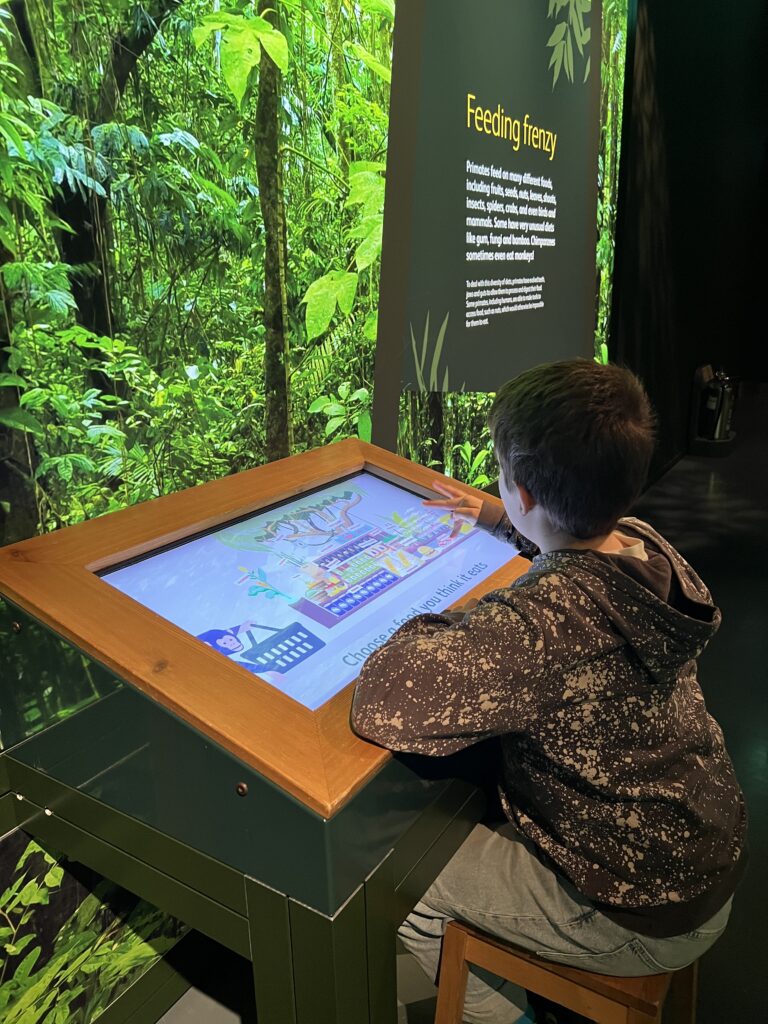
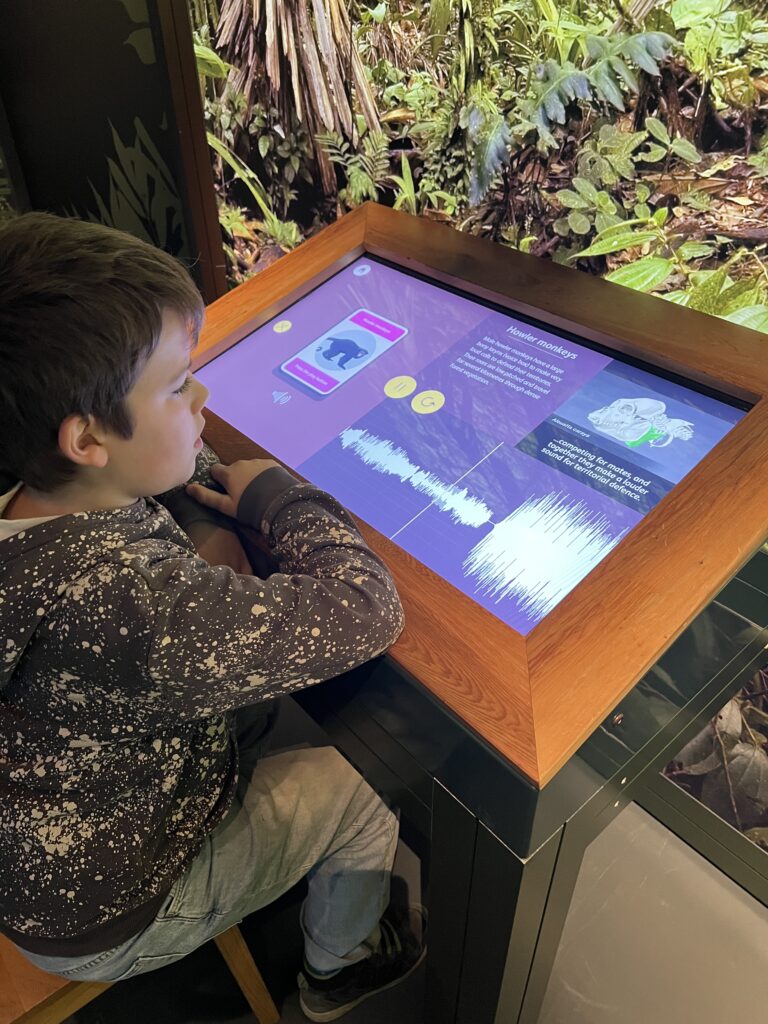
There were also a couple of other interactive things to do, including a set of viewers which all had the same image but showed what colours different primates would see the image in. My son found this particularly interesting.
We’d also been given a few things to look out for – who doesn’t love a bit of a scavenger hunt – you might want to keep a lookout for these too:
- The largest and smallest primate species.
- The monkey with the loudest call of any living mammal.
- The primate couple that sings duets together every morning.
- The primates species that takes part in stink fights with their rivals!
Overall, we spent around half an hour in the exhibition, but we were time limited due to it being a preview. We didn’t stop to fully watch all the film footage or read all the exhibit texts in depth, and my son would have quite happily spent more time on the touch screen interactives, replaying all the different options. I think if we hadn’t been time limited, we probably would have spent around an hour in the exhibition.
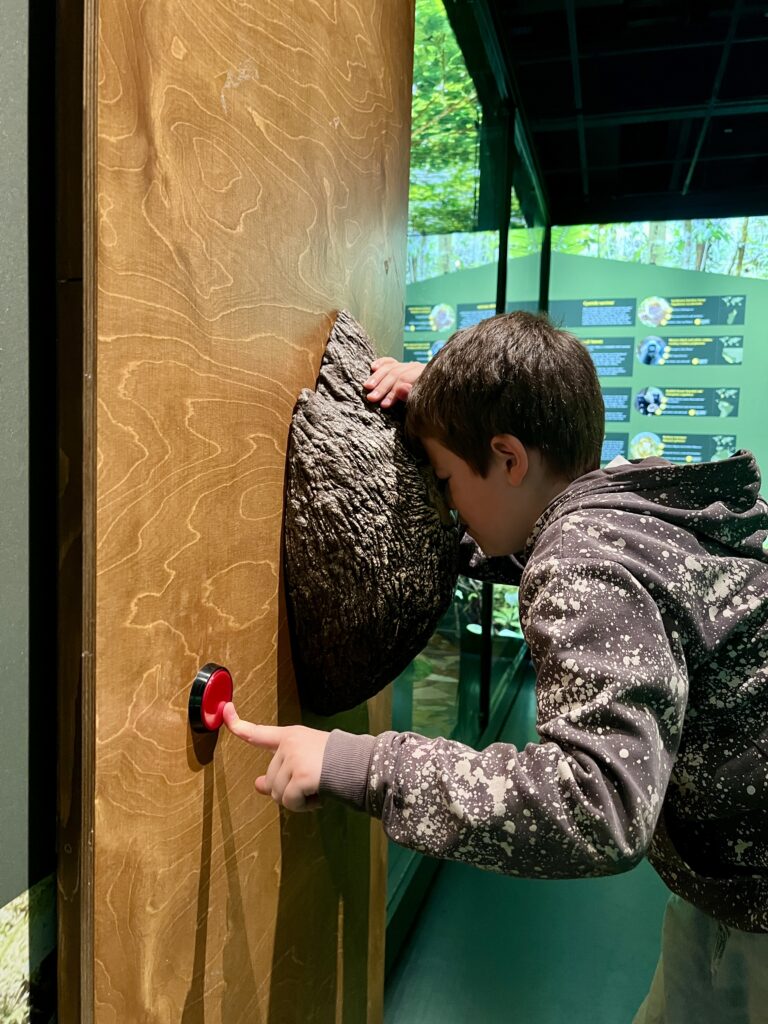
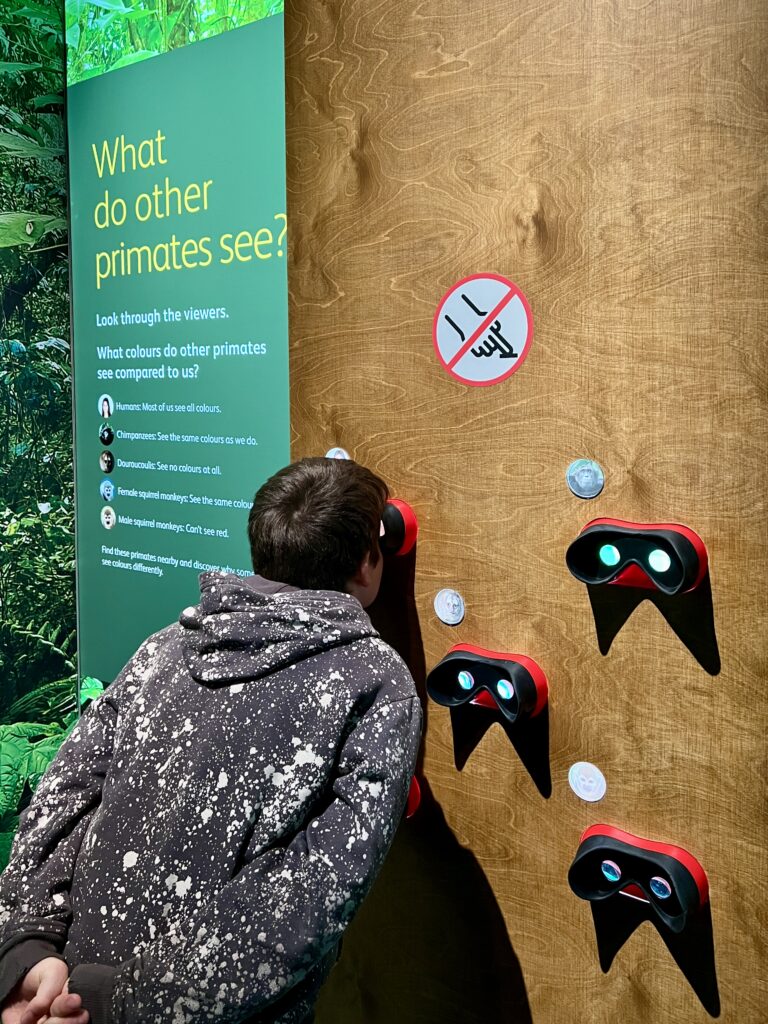
So, what were our overall impressions, who do we think the exhibition is best suited for, and is it suitable for families?
Firstly, I’m going to say what I always say, and that is that it very much depends on your child. I know that’s not very helpful, but my kids have both been visiting museums since they were just two weeks old. They’ve grown up in museums, so they are very used to visiting exhibitions of all kinds – from traditional exhibitions, to all singing all dancing exhibitions, to everything in between. I’d say this exhibition is probably somewhere in the middle. So, depending what your children are used to, they may be fine with what’s on offer, or it may not hold their attention enough without more child centred activities.
Secondly, I think it also very much depends on what you are interested in. My 10 year old is really interested in nature, he loves natural history related exhibitions. He’s also someone who will look at and read everything in an exhibition – and I mean everything – if he’s interested in the topic. He got a lot out of this exhibition, and in fact wants to come back another day to spend some more time. So, a 10 year old interested in primates will probably last longer than a 14 year old who’s really not that interested at all.
Which brings me to my final point, and that is age. My honest opinion is that despite the interactivity the exhibition offers, I would probably recommend it for age 8+ upwards. Maybe 6+ for younger children really interested in primates (we all know what kids are like when they are obsessed with a certain topic, right?) The stamping activity is fairly quick to do, and many of the touch screen interactives require a certain level of reading comprehension. Younger children may get bored quickly, and even though kids go free, the parents still have to pay and I know from experience how frustrating it is to have to leave an exhibition early because my kids had reached their limit.
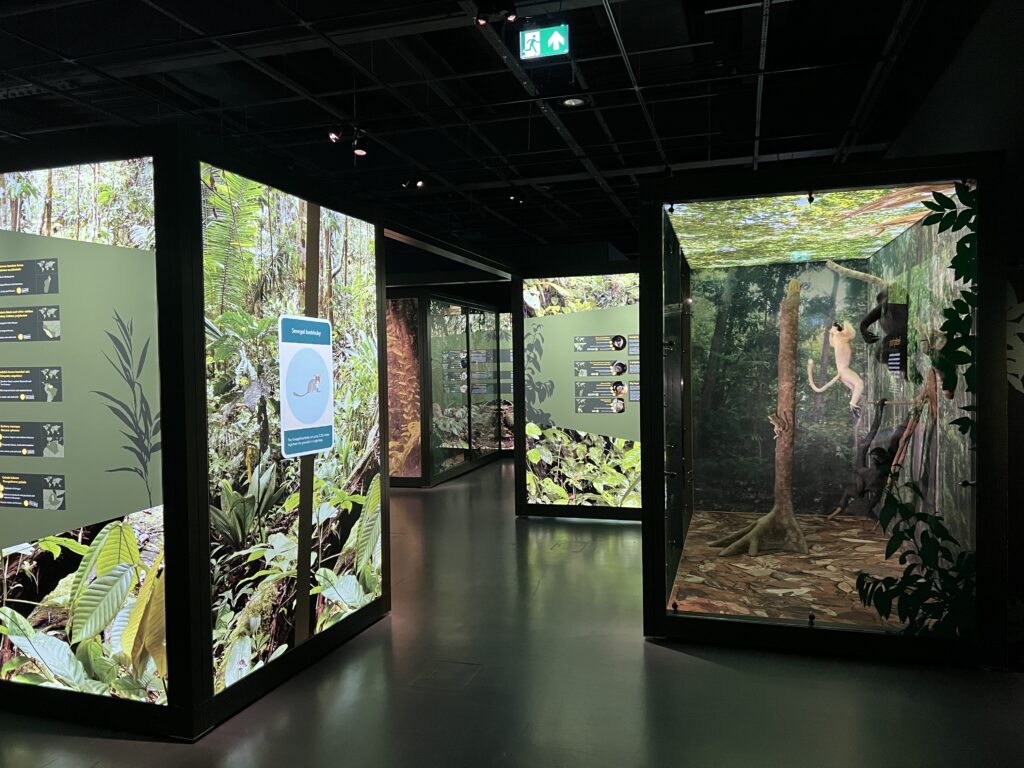
It is of course entirely up to you. If you’re like me, and you take your kids to all kinds of museums at all ages, then go for it! You’ll definitely get something out of it if you help engage your child in what they are seeing. I just want to be completely open because – full disclosure – I work for National Museums Scotland (though had no involvement in this exhibition) and don’t want anyone to think I am misleading them in to thinking it’s a fully interactive family exhibition. As I mentioned above, I think it’s somewhere in the middle between traditional and fully interactive. Personally, I really enjoyed it too and learned a lot of new things about primates. If you do go, I’d love to know what you think!
Exhibition Details
- Saturday 28 June to Sunday 30 November, during museum opening hours.
- Tickets are cheaper when booked in advanced.
- Adults pay £13 when booked in advanced, £14.50 on the door.
- Discount available for over 65s, Students, Disabled, Young Scot and Universal Credit
- Museum Members and Children under 16 go free!
Full details available on the National Museum of Scotland website.
